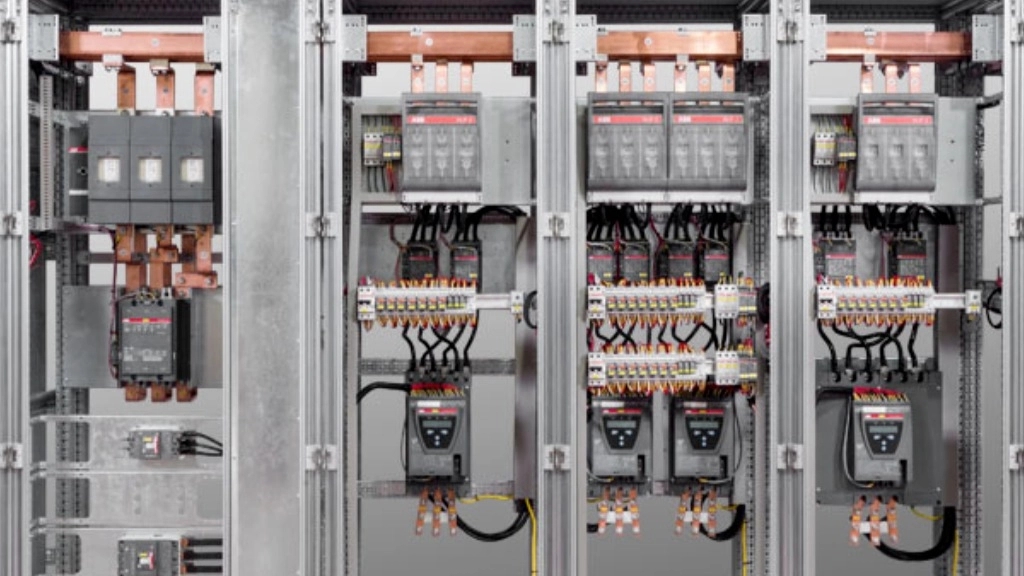Application of high pressure switchboard
Application of high pressure switchboard based on the place where it is used, can be different and depending on the needs of the electrical system in homes or industries. In home use, the meter and fuses of the building are placed inside this electrical panel. If necessary and in emergency situations, this panel can cut off or connect the electricity to a part of the building. Yes, they are used. Usually, high pressure switchboards are used in booster pumps, power supply transfers from power plants and strong electric motors.
How does a high pressure switchboard work?< /p>
The task of the pressure switchboard is to control the flow of electricity and distribute it to different parts. The electrical panel distributes the electric current in a controlled manner in different parts of the building and prevents electrical problems. Isolate the damage and make it normal. This feature preserves the health and safety of the building's electrical system.
As in the article What is an electrical panel? We mentioned that the production process of electrical panels is highly sensitive and to prevent any accidents, quality and standard parts must be used in its production. When using a high voltage switchboard, all the necessary things must be observed to reduce the risk of explosion and fire.

High voltage switchboard components
High voltage switchboard components must have a proper design and use in order to provide and protect a proper electric current. These components include transformers, cables, switches (including insulation switches and load disconnect switches), fuses, circuit breakers, contactors, internal busbars, and other electrical protection and refining equipment.
Trans:
Different types of transformer are used in a high voltage switchboard. Among the types of transformers, we can mention the transformer, zero or ground transformer, and internal feeder transformer. Every high voltage switchboard needs a part to measure the amount of electricity passing through different parts of the circuit, which is the task of the transformer to measure this current. When the ground connection point is not available, the neutral or ground transformer is used to discharge loads to the ground.
Cables:
Cables They are one of the main components of every electrical panel. Among the types of cables, we can mention XLPE or EPR, which are usually made of copper or aluminum. Cables are placed in special housings, which are called busbars or internal busbars.
Keys:
The idea that switches are designed to interrupt the overall flow. are wrong Because only when a part of the electrical panel has a problem and needs to be repaired and checked, the switch cuts off the current of that part of the panel. In fact, these switches only cut off part of the circuit current and turn it into a voltage-free state to deal with the problem of that part. Also, the duration of short circuit current tolerance in them is usually one second. The name is fuse. Since this switchboard supplies a large amount of electricity, it requires high protection. When the amount of electrical load increases illegally, fuses protect the electrical panel by cutting off the current in time. So, when there is a short circuit or an increase in electrical load, the panel will not be damaged. The same circuit breaker pointed out. The task of breakers is to interrupt, control and also protect the electric current, which they do at the same time. Small switches connected to an electromagnet constitute the circuit breakers.
The most protective role in a high voltage switchboard is the responsibility of the circuit breakers. Because during events such as earthquakes or floods, the circuit breaker prevents damage to the electrical circuit with its function.
Body:
Body The panel is the metal or non-metal container in which all the equipment and components are placed.


